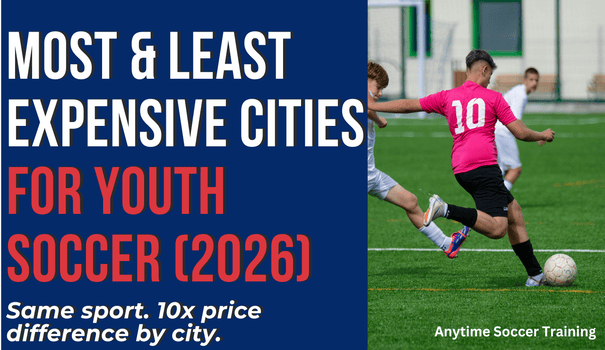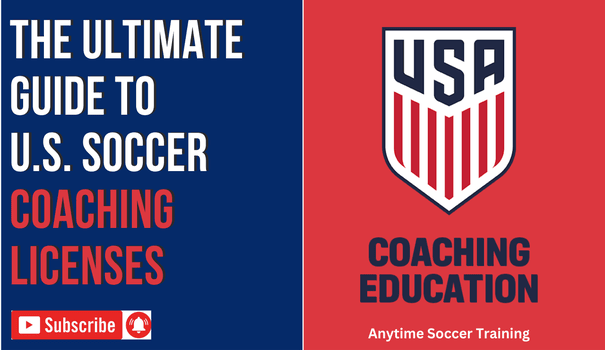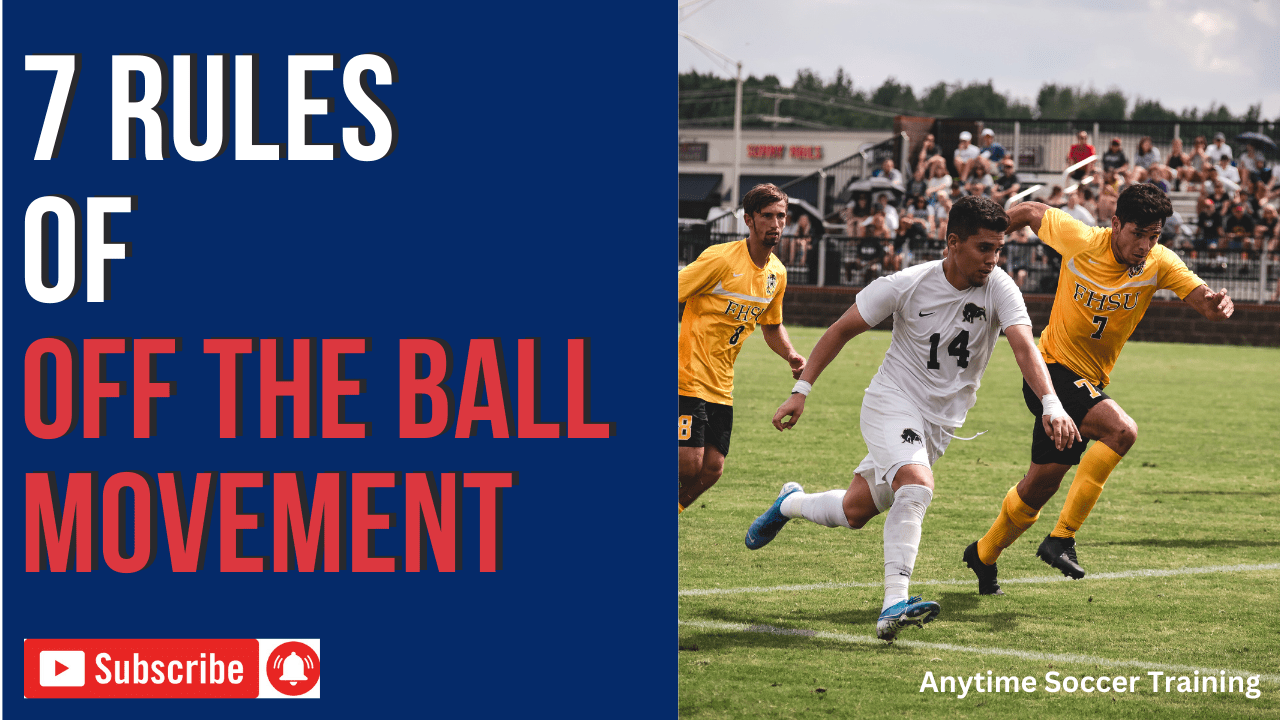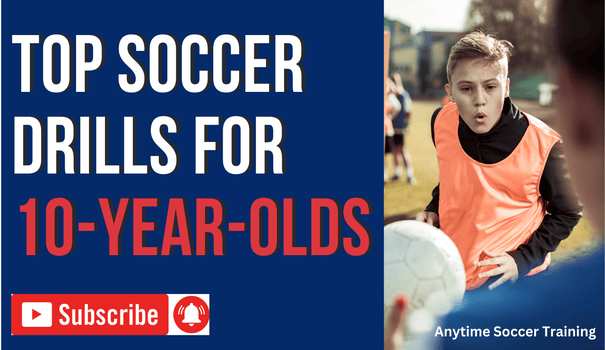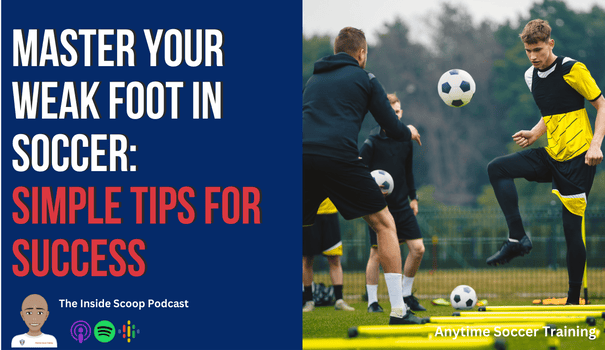
As parents, we all want to see our kids thrive in soccer. But when it comes to developing the skills that make a great player, one of the most challenging and rewarding tasks is working with them on their weak foot. While it’s easy to assume that a child’s lack of confidence with their non-dominant foot is simply a mental barrier, there’s a lot more going on underneath the surface, and it’s all part of the developmental process.
This post is for parents navigating this journey with their kids—especially when it feels like progress is slow or not happening fast enough. Here’s how to approach the weak foot challenge and make sure your child continues to build their confidence and skills over time.
The Power of Consistent Practice
First, let’s get one thing straight: consistent practice is key. It’s amazing how just a few minutes of daily ball control practice can significantly boost your child’s confidence and foot skills. I’ve seen it firsthand with many young players, including my own sons.
One parent recently shared how, after just five months of practicing consistent ball control drills, their son had moved from one of the least skilled players on his competitive team to one of the most technically advanced. This kind of growth doesn’t happen overnight—it happens because of consistent, focused work on basic skills like toe taps, tic-tocs, and repeated touches with both feet.
The neuroplasticity of the brain—how it strengthens the neural pathways through repetitive practice—means that even seemingly simple drills can lead to breakthroughs in skill. When players start performing moves they once struggled with, it’s not magic, it’s the result of diligence and muscle memory.
A Parent’s Role in Building Confidence
When your child expresses doubt about their ability to use their weak foot, it’s natural to want to step in with encouragement. However, we need to balance support with structure. One key way to build confidence is to create an environment where using the weak foot is expected and encouraged, but not forced.
It’s perfectly natural for children to gravitate toward their dominant foot—after all, it feels safer and more comfortable. However, as parents, we can make sure they keep developing their non-dominant foot, which will ultimately make them more versatile and confident players.
Here’s an approach that has worked well with my kids:
- Practice at Home: Make sure your child is doing a good amount of dedicated weak foot practice at home. This can include drills that focus on touches, passing, and dribbling with the weaker foot.
- Use Non-Dominant Foot During Low-Stakes Moments: When at practice or during warm-ups, encourage them to use their weak foot when given the chance. This could be as simple as reminding them to pass, juggle, or dribble with the weaker foot in those first few minutes of practice when the pressure is low.
- Reinforce with Positive Reminders: Sometimes, a little nudge can go a long way. Instead of coaching from the sidelines during games, which can be distracting, create an agreement with your child before practice or a game that you’ll give them a subtle signal when it’s time to use their weak foot. For example, tapping your thigh discreetly can be a reminder that it’s time to use the weak foot. This approach takes the pressure off them while still guiding them toward the right habits.
- Work on Both Feet Evenly: While it’s tempting to focus more on the dominant foot, the best development comes when both feet get an equal amount of attention. Don’t underestimate the power of balance—working on both feet can improve coordination and ensure that your child isn’t pigeonholed into only using their dominant side.
Understanding the Mental Block
It’s easy to assume that the issue with a weak foot is purely a confidence problem, but sometimes it’s actually tied to a lack of skill. If a child struggles to use their weak foot, it could simply be that they haven’t spent enough time building the necessary muscle memory. So, before jumping to conclusions, consider whether your child has truly put in enough time to develop that skill.
There’s also something else to keep in mind: game situations are different from practice. At practice, a player has more time and space to focus on technique, while in games, the pressure is higher. This can make it harder for your child to trust their weak foot in real-time situations. Over time, however, as they practice more and their technical ability improves, they’ll start to feel more confident using their non-dominant foot in pressure-filled moments.
How to Make Progress in Games
Sometimes, it’s not just about practicing more; it’s also about understanding the game. A player who only uses their dominant foot will often limit their ability to make quick decisions and change the field when necessary. Players who are comfortable using both feet have an advantage—they can switch the play easily, create more space for themselves, and move the ball with greater precision.
Here’s a simple game algorithm that can help young players build awareness of when to use both feet during play:
- Receiving the Ball in the Middle: When they receive the ball in the middle of the field, they should be looking for space wide on the field.
- Receiving the Ball on the Wing: If they receive the ball on the wing, the space is likely going to be in the middle of the field, so they’ll need to quickly make the decision to switch the ball to the other side of the field.
- Switching the Field: Encourage your child to look for opportunities to switch the ball, especially from one side to the other. This forces them to use both feet to keep the game moving and helps them see the field more holistically.
For players moving up the field, using both feet will help them keep possession and make better decisions when under pressure. Encourage your child to not only focus on using their weak foot but also on when to switch the ball across the field—a skill that will come with time and repetition.
Measuring Progress and Staying Patient
It can be tempting to rush the process, but it’s essential to remember that progress takes time. Instead of focusing solely on whether they use their weak foot in a game, consider measuring success in small increments:
- How many times did they switch to the non-dominant foot during a practice session?
- Did they make their first move with their weak foot when dribbling or receiving the ball?
- Are they more confident trying new skills with both feet?
Every little step counts, and with time, these small improvements will add up. Remember, you’re not just developing a soccer player; you’re building a more well-rounded, confident person who understands the value of hard work and perseverance.
Final Thoughts
It’s important to remember that every player progresses at their own pace. Building confidence with the weak foot is a journey, and while it can be frustrating at times, the key is to stick with it. Continue to encourage your child to practice daily, provide them with the tools to improve, and give them the freedom to experiment on the field.
With patience, consistent effort, and the right mindset, your child will become the well-rounded, two-footed player they need to be to succeed on the soccer field—and, more importantly, enjoy the game even more.
